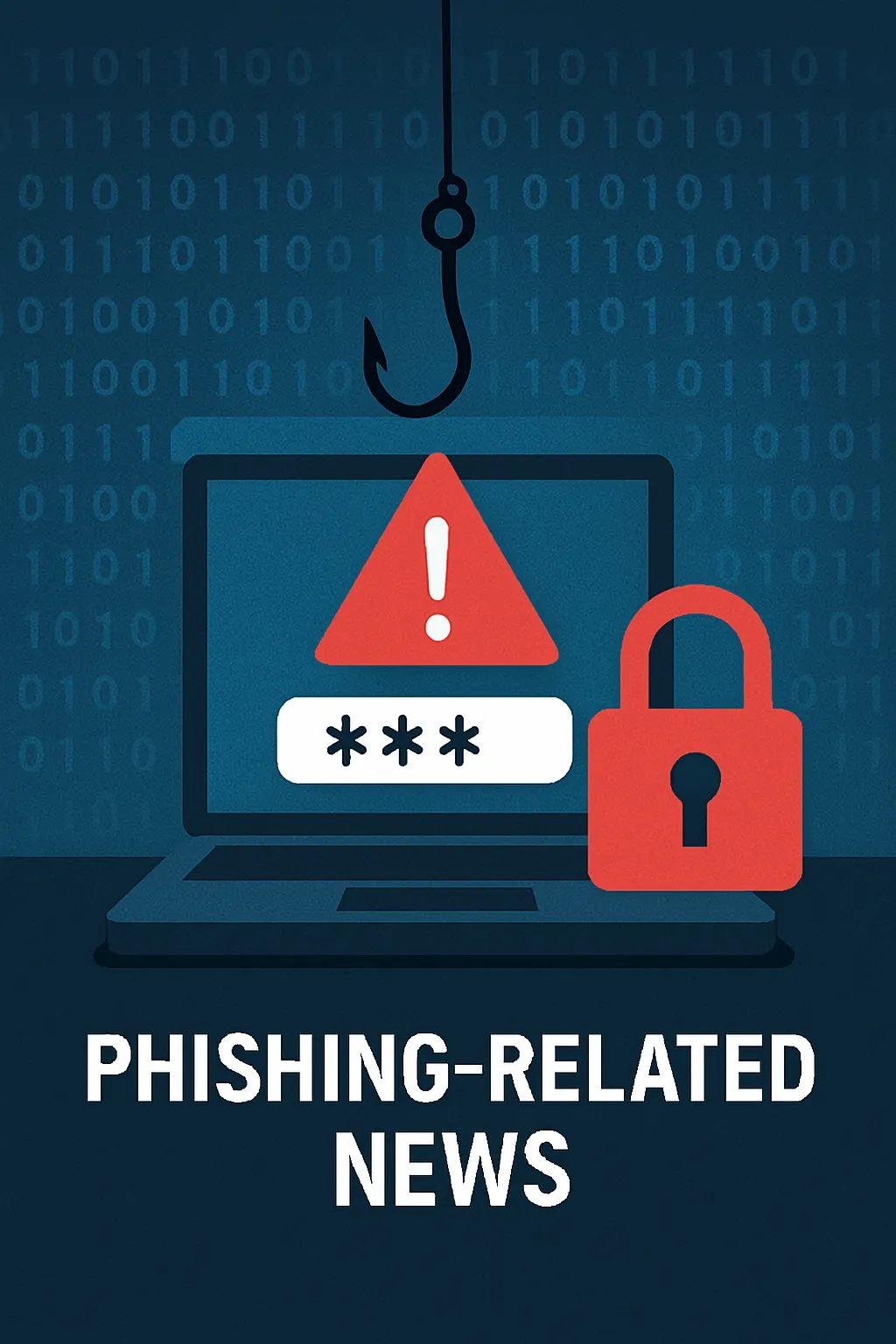The Hidden Dangers of Phishing: How to Protect Your Digital Identity
In an era dominated by digital transactions and communications, phishing has emerged as a formidable threat, leveraging deception to steal sensitive personal information. Phishing attacks attempt to trick individuals into handing over personal data such as passwords, bank information, or social security numbers, thereby posing a significant risk to both individual and organizational security.
Understanding Phishing
Phishing involves criminals masquerading as reputable entities to extract personal data from unsuspecting users. These attacks often come in the form of emails, texts, or even phone calls that seem legitimate at first glance. According to the National Cyber Security Centre, the primary goal is typically to lead victims to fraudulent websites that mimic trustworthy sources.
An example of this could be an email that appears to be from your bank, asking you to verify your account details by clicking on a linked website. The site, however, is a well-crafted fake, designed to capture your login credentials.
Recognizing Phishing Attempts
The Federal Trade Commission (FTC) highlights several key indicators of phishing attempts: urgent language that prompts immediate action, mismatches in email addresses, links that do not match legitimate URLs, and unexpected attachments.
For instance, a common tactic is to instill a sense of urgency, suggesting that your account will be closed unless you reconfirm your financial details immediately.
Strategies to Combat Phishing
Thankfully, there are robust strategies to combat phishing. The FBI emphasizes the importance of being cautious with unsolicited communications (Spoofing and Phishing). Protecting yourself involves scrutinizing sender details, avoiding clicking on hyperlinks in unsolicited emails, and using complex, unique passwords for different sites.
Companies like Microsoft offer additional advice on defensive practices, such as activating two-factor authentication and keeping software updated to protect against phishing (Microsoft Support).
Analysis and Insights
While the methods used in phishing may evolve, the fundamental strategies for protection remain consistent. Education and awareness are crucial. As technology advances, so too do the sophistication of phishing schemes. It is essential for individuals and organizations alike to stay informed about the latest security practices and to invest in robust cybersecurity measures.
A surprising statistic from recent studies suggests that over 30% of phishing messages get opened by targeted users, indicating the effectiveness of these deceptive practices and highlighting the ongoing need for heightened vigilance.
Conclusion and Takeaway
Phishing remains a significant threat in the digital age, but knowledge and proactive defense can greatly diminish its impact. Always verify the authenticity of requests for personal information and report suspicious activities. By doing so, we not only protect ourselves but also contribute to broader cybersecurity efforts, creating a safer digital environment for everyone.

